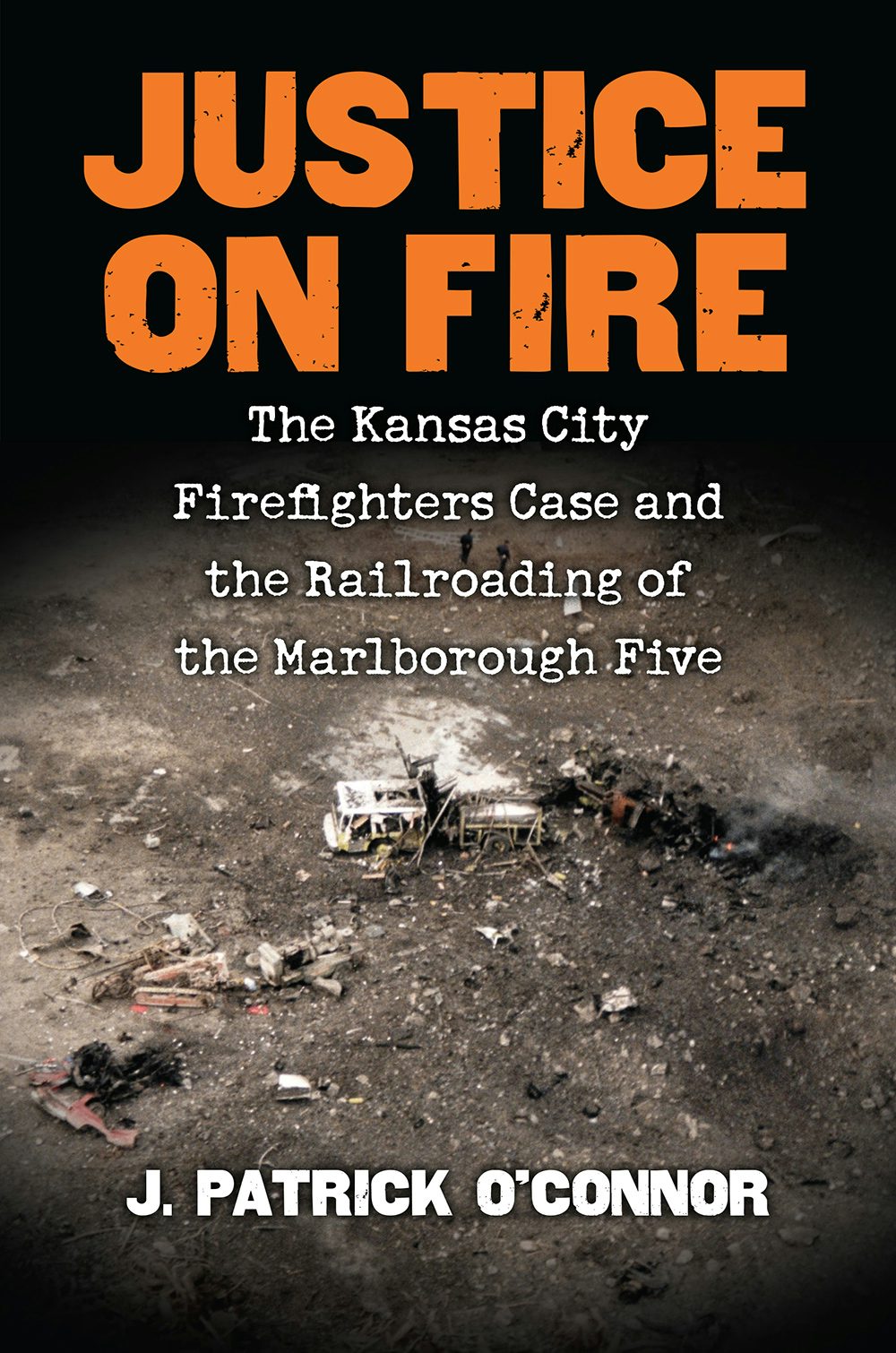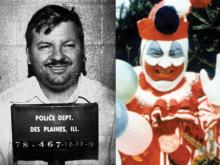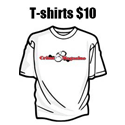
Between March of 1969 and August of 1973, President Nixon illegally bombed Cambodia, causing over three-million tons of bombs to rain downs on the neutral country and the deaths of an estimated half-million Cambodian citizens.
by Don Fulsom
In mid-March 1969, President Richard Nixon launched “Operation Breakfast,” the first assault in the first stage of the Henry Kissinger-inspired covert carpet-bombing of defenseless and neutral Cambodia.
From the start of this surreptitious warfare, records were falsified to hide the attacks. They were reported as strikes against Communist forces within Vietnam.
In the first attack, scores of Guam-based B-52 Stratofortresses—operating in waves—struck enemy ammunition dumps, fuel depots and troop concentrations three miles inside the Cambodian border. Initial reports indicated that North Vietnamese and Viet Cong forces there had been disabled.
On March 17, presidential aide Bob Haldeman wrote in his diary: “Historic day. K[issinger]’s ‘Operation Breakfast’ finally came off at 2:00 PM our time. K really excited, as is P[resident].
And On March 19, Haldeman noted: “K’s ‘Operation Breakfast’ a great success. He came beaming in with the report, very productive. A lot more secondaries (secondary explosions) than had been expected. Confirmed early intelligence. Probably no reaction for a few days, if ever.”
Within a week, however, when a U.S. Special Forces ground unit was sent in for Operation Breakfast mop-up duties, it ran smack into North Vietnamese troops and was massacred. A second unit was ordered to go in, “but its soldiers mutinied rather than walk headlong into the slaughter,” reports historian Rob Kirkpatrick in 1969.
This initial bombing raid foreshadowed the utter futility of the Cambodian air operation. The entire four-year clandestine campaign – 3,700 raids in all illegally carried out without the consent of Congress or knowledge of the American people – was a stupendous flop. Unless your goal was to murder innocent peasants.
The reasons were many, including—according to Christopher Hitchens—the use of the gigantic bombers: “(B-52s) fly at an altitude too high to be observed from the ground and carry immense tonnages of high explosive: They give no warning of approach and are incapable of accuracy because of their altitude and the mass of their shells.”
Cooler heads—Secretary of State William Rogers and Defense Secretary Melvin Laird, we now know, had opposed the bombings.
Thanks to newly released documents and tapes, we also now know that at least two friendly members of Congress were tipped-off and sworn to secrecy about Operation Breakfast and subsequent attacks on Cambodia. Confirmation of that comes in a newly released April 24, 1970 taped White House conversation between the President and Senator John Stennis of Mississippi.
Nixon assures the pro-bombing senator that the coming ground invasion of Cambodia would feature continued heavy bombing: “As far as American activity is concerned, the first choice is air action, including the B-52’s which only you and Senator (Richard) Russell (or Georgia) know about. It’s the best kept secret of the war!”
The ground invasion of Cambodia by American and South Vietnamese troops took place in May and June of 1970. But it too proved highly ineffective in rooting out Communists forces. The President was fuming and now told Kissinger he wanted to escalate the air attacks on Cambodia:
“They have got to go in there and I mean really go in . . . I want everything that can fly to go in there and crack the hell out of them. There is no limitation on mileage and there is no limitation on budget. Is that clear?”
Kissinger then called General Alexander Haig to relay the President’s latest orders: “He wants a massive bombing campaign in Cambodia. He doesn’t want to hear anything. It’s an order, it’s to be done. Anything that flies, on anything that moves. You got that?”
Unfortunately for Nixon, Kissinger and Haig, the secret bombing had unintended long-term consequences: The bombing pushed Communist troops even deeper into the Cambodia’s interior. And the B-52s followed them—dropping even more bombs.
An astounding three million tons of bombs were dropped on the country.
Allied warplanes dropped just over two million tons of bombs during all of World War Two. So military historians should credit Nixon with dropping more bombs than any other U.S. president.
And because of Nixon, history can also record that Cambodia leads the list of the world’s most-bombed countries.
The Nixon bombings also proved to be a major source of Cambodian political instability. General Lon Nol's coup in 1970, shortly after the American raids began, displaced Prince Norodom Sihanouk. Racked by confusion and turmoil, in 1975, the country witnessed the rise to power of Pol Pot and the Khmer Rouge—a Communist political and military organization.
When the illegal Cambodian raids were finally revealed in the summer of 1973, critics of the President’s Vietnam policies charged he had kept the attacks secret to prevent further opposition to his conduct of the war.
Historian Ken Hughes offers an equally valid insight: “Nixon had won the 1968 election only after publicly pledging support for Lyndon Johnson’s decision to halt the bombing of North Vietnam. How would he explain that in his first months in office he had secretly started bombing another country?”
In his post-Watergate years, Nixon aide John Ehrlichman voiced his own opinion: “I think a lot of (the secrecy) had to do with Nixon's relationship to the Congress, and there were just some things that he felt he had to do as President, that he didn't think that Congress was going to back him on, and he didn't want to create situations where the Congress repudiated him. I think those may have been such areas.”
A whistleblower is actually responsible for exposing the bombings. In July, 1973, former Air Force Major Hal Knight told the Senate Armed Services Committee that he and others officers at a radar-guidance station in Vietnam had doctored reports to make it appear the Cambodian missions had been flown against targets in South Vietnam.
Yet only a few brave congressional souls stuck out their necks to protest the furtive U.S. bombing. On July 31, 1973, Representative Robert Drinan, a Massachusetts Democrat, and a Roman Catholic priest, introduced the first impeachment resolution—dealing not with Watergate, but Cambodia.
Father Drinan “marshaled a compelling case,” according to Nixon biographer J. Anthony Lukas, “that Nixon had ordered some 3,700 bombing raids over Cambodia while telling the Congress “We have scrupulously observed the neutrality of Cambodia for the last five years.” But Lukas described Drinan’s initiative as “premature and … a threat to eventual impeachment.”
Eventually, Congress did order a halt to the bombings. Operation Breakfast officially ended at midnight, August 14, 1973. The cost of the bombings to U.S. taxpayers was later estimated at $1.5 billion.
In an August 20, 1973 speech in New Orleans, Nixon answered his critics: “Had we announced the air strikes, the Cambodian government would have been compelled to protest, the bombing would have to stop, and American soldiers would have paid the price … with their lives.”
Nixon did not mention the issue of the falsified bombing records, according to The New York Times. Nor did he bring up, or explain, a blatant lie he’d told to a nationwide TV audience when he had announced the ground invasion of Cambodia on April 30, 1970. The lie? Nixon had asserted that “American policy since (the Geneva accords of 1954) has been to scrupulously respect the neutrality of the Cambodian people.”
Unfortunately, the secret raids on Cambodia – and their cover-up – failed to make it to Nixon’s official list of impeachable offenses, as drawn up by the House Judiciary Committee in 1974. And the body of the bomb-loving President who rained horror and devastation and death on Cambodia – as well as on North Vietnam and Laos – reclines in a grave in Yorba Linda, Calif. Above him, Richard Nixon’s tombstone reads: “The Greatest Honor History Can Bestow Is the Title of Peacemaker.”
-------------------------------
Sources: C-SPAN, National Archives, National Security Archive, the Miller Center of the University of Virginia, History Commons, History News Network, The Trial of Henry Kissinger by Christopher Hitchens, Nightmare by J. Anthony Lukas and “Pol Pot’s Shadow,” Frontline, PBS, 2002.








